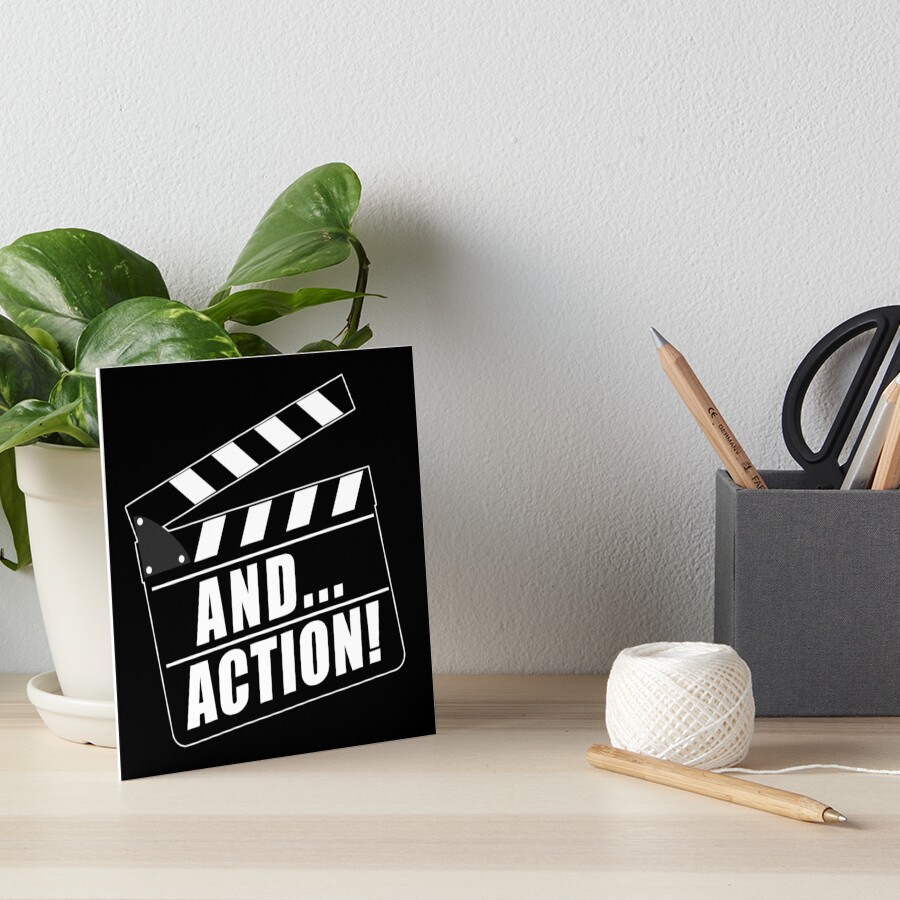The two-punch approach to clincher.
In writing for eLearning, we often use the two-punch approach. Firstly, remind learners what you’ve explained already. And secondly, nudge them to implement your advice.
For instance, Mark Manson (www.markmanson.net/question) uses this approach in his article about the most important question of your life. His penultimate sentence summarises his key point: This is the most simple and basic component of life: our struggles determine our successes”.
And his last sentence addresses the reader directly to nudge him to implement his advice: “So, choose your struggles wisely, my friend”
And the end of their book ‘Made to Stick’, Chip and Dan Heath take the same approach. The penultimate sentence summarises their key point: “Stories have the amazing dual power to stimulate and to inspire.”
And their very last sentence encourages readers to implement their advice by telling them it’s not as hard as they might think. “And most of the time we don’t even have to use much creativity to harness these powers – we just need to be ready to spot the good ones that life generates every day.”
Remember, your clincher sentence is the killer punch encouraging learners to implement your training.
So, summarise and inspire: (get the idea!)
When to use a clincher sentence …
At the end of a modlette, you don’t have a choice. To avoid what many designers do, end with a test quiz you can test and then deliver your clincher by either written words or voice over.
If you’re looking ahead to a follow-up modlette, use a cliff-hanger to raise a question and make learners lean forward, eager to learn more.
“And yet there are more questions than answers when it comes to satisfying Customers.”
How to use cliff hanger and a clincher sentence?
You don’t have to choose between a clincher and a cliff-hanger.
You can use them both. For instance, in their book ‘Decisive”, Chip and Dan Heath explain how to make better choices in life and work. The introduction ends like this:
“We may only make a handful of conscious, considered choices every day. But while these decisions don’t occupy much of our time, they have a disproportionate influence on our lives.”
Then comes the clincher sentence with a vivid image:
“The psychologist Ray Baumeister draws an analogy to driving – in our cars, we may spend 95% of our time going straight, but it’s the turns that determine where we end up.”
And they end their introduction with a cliff hanger, making us curious to read on:
This is a book about those turns. In the chapters to come, we’ll show you how a four-part process can boost your chances of getting where you want to go.”
So, at the end of an instruction section, you have 3 options:
- Write a cliff hanger to encourage learners to continue on.
- Compose a clincher to summarise your key learning with a punch.
- Do both.
So now you want to know what a vivid image is. Read next week’s article.
